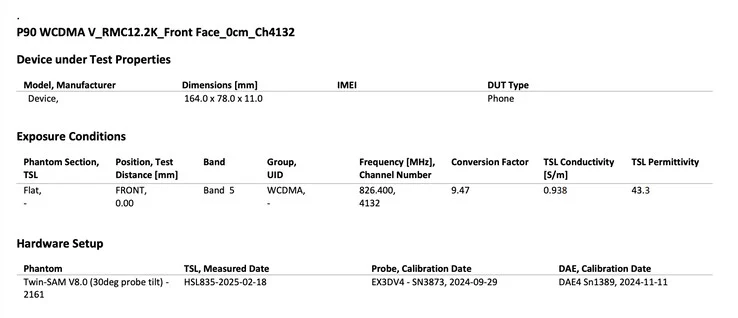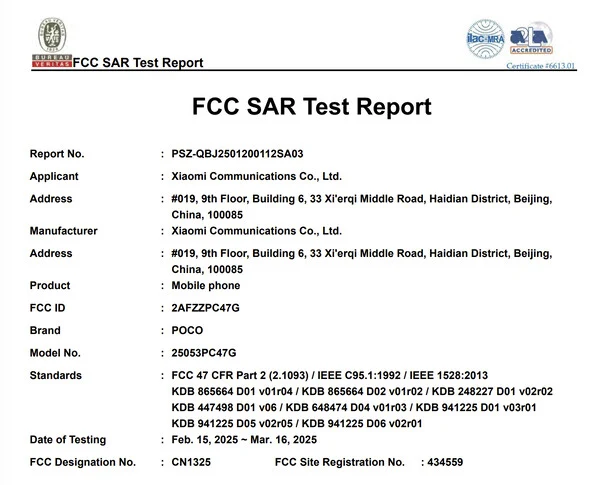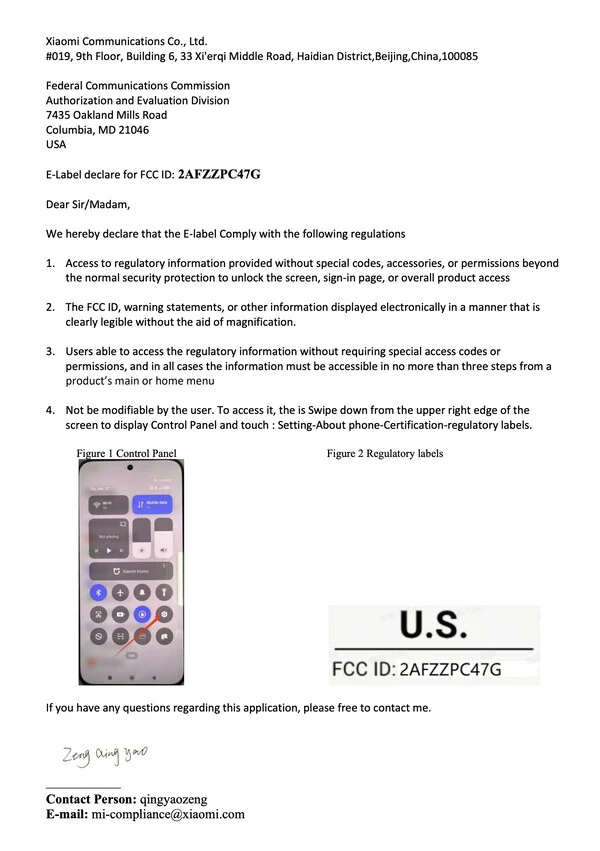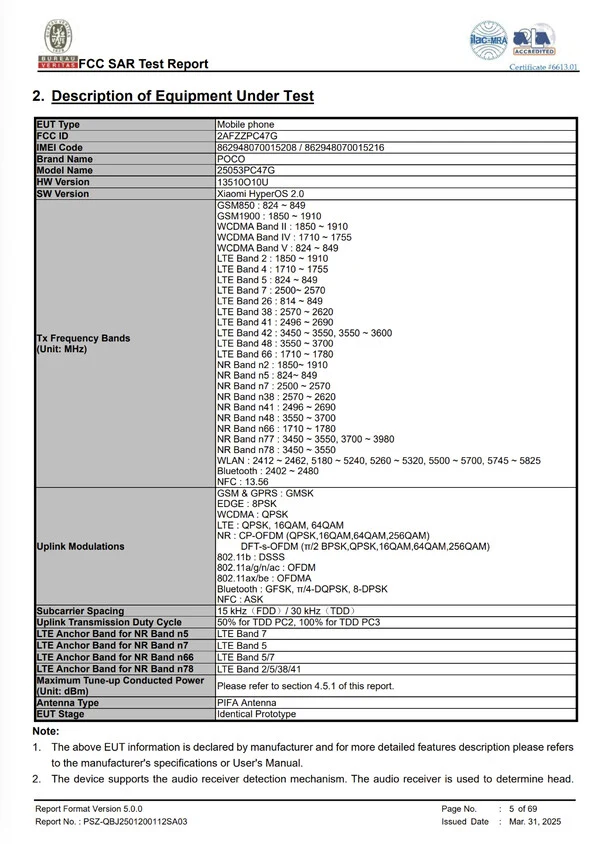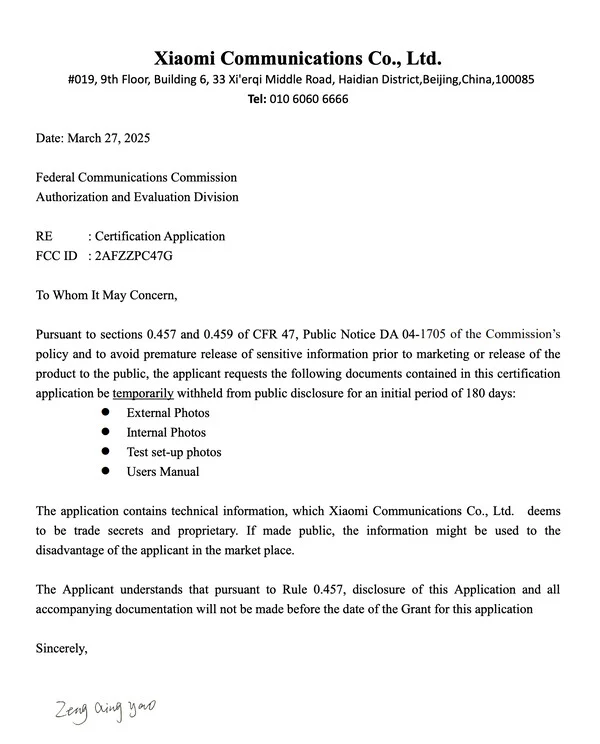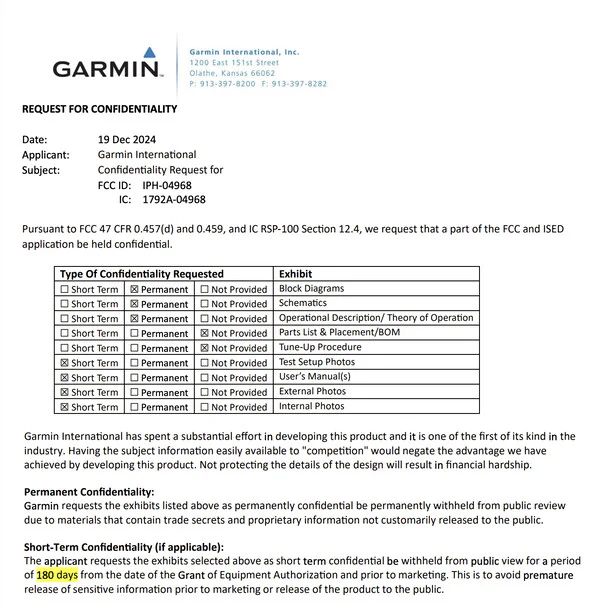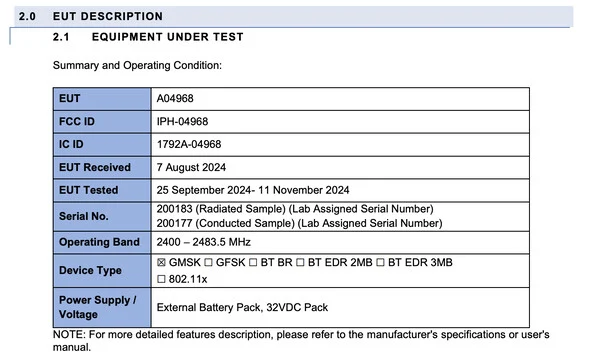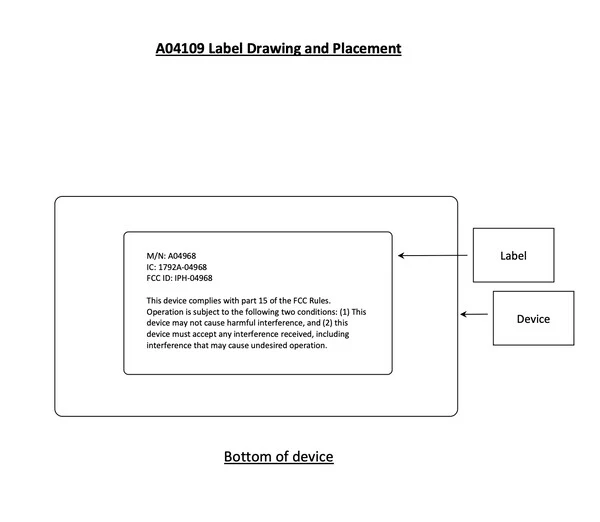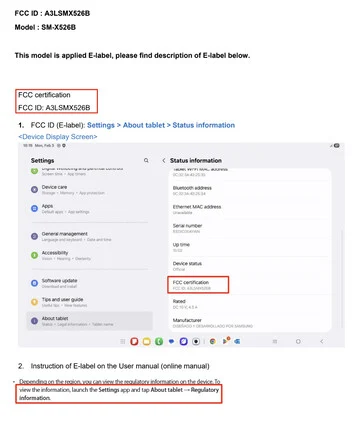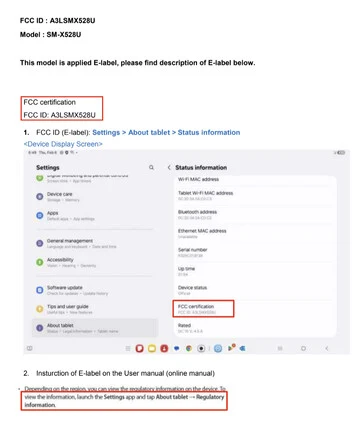Key Takeaways
1. The FCC is voting on new regulations to protect undersea communication cables from foreign threats, especially from China.
2. The proposal includes incentives for secure suppliers and penalties for high-risk technology, with stricter security standards for license applications.
3. Recent incidents of cable sabotage highlight the vulnerabilities of undersea cables, which are crucial for global internet traffic.
4. There is growing distrust in Chinese telecom equipment, with previous bans affecting U.S. terrestrial networks and challenges in avoiding Chinese suppliers.
5. The regulations aim to reform the licensing process and may include mandatory cybersecurity standards and limits on equipment from banned vendors.
The Federal Communications Commission is gearing up to cast a vote on new regulations aimed at protecting the United States’ undersea communication cables from foreign meddling while speeding up local repair efforts and expanding AI-related infrastructure. Chair Brendan Carr described the initiative as a necessary reaction to “foreign adversary ownership, access, and cyber and physical threats,” with China being mentioned as the main worry.
Proposal Details
The plan merges incentives for reliable suppliers with penalties for high-risk technology. License applications that fulfill strict security standards would be exempt from the lengthy Team Telecom review process. On the contrary, cables utilizing equipment from companies already labeled as national-security risks—like Huawei, ZTE, China Telecom, and China Mobile—would have a presumption of denial, alongside new cybersecurity and physical-security mandates, and restrictions on capacity-leasing deals.
Recent Incidents
In late 2024, two fiber-optic cables in the Baltic Sea were cut, an act that investigators suspect was intentional sabotage by a cargo ship. In 2023, Taiwan reported that two Chinese vessels severed the sole cables serving the Matsu Islands, while suspected Houthi attacks interrupted three lines in the Red Sea early last year. These events underscore what Carr referred to as the “unsung heroes of global communications”: over 400 undersea cables that facilitate nearly 99 percent of international internet traffic.
Growing Distrust
Washington has been increasingly wary of Chinese telecom equipment for several years. In 2019, Huawei and ZTE devices were prohibited from US terrestrial networks, but the Pentagon observed in 2024 that completely avoiding the world’s largest telecom supplier continues to be a challenge. Similar issues are expected for subsea systems, where Chinese firms have already established a presence, and the supply chain is global.
If the FCC’s regulations are put into place, they would revamp a licensing framework that has already halted four proposed links to Hong Kong since 2020. The agency is also planning to gather public feedback on additional measures, such as mandatory cybersecurity standards and stricter limits on equipment from banned vendors. The vote is anticipated during the commission’s upcoming open meeting.
Source:
Link








